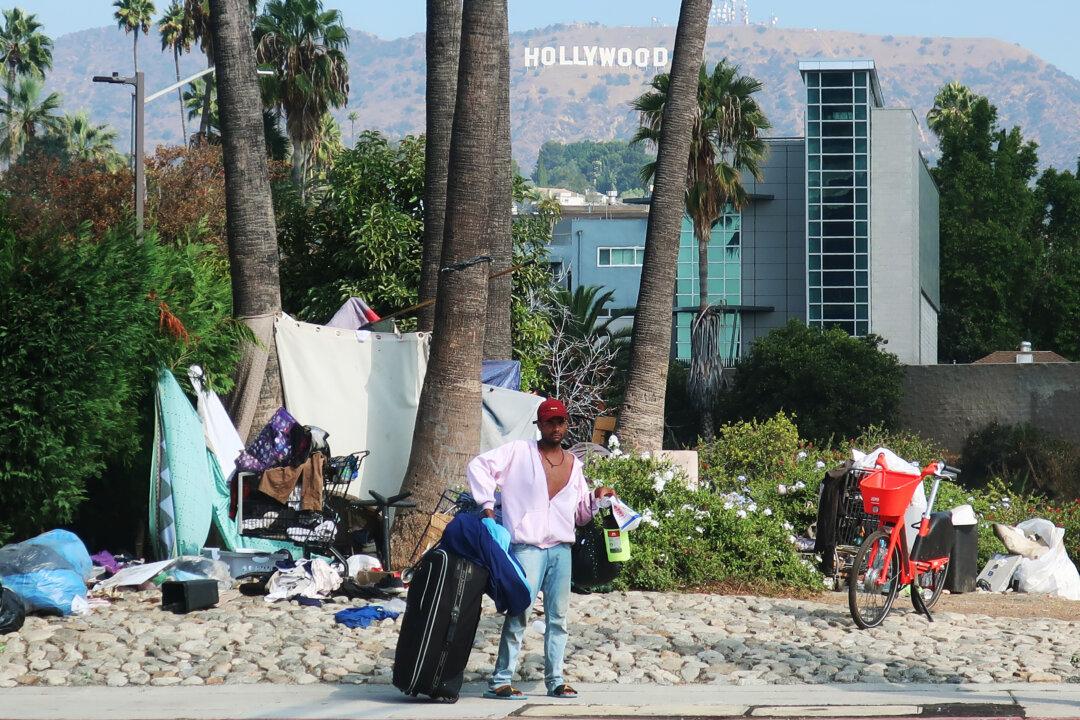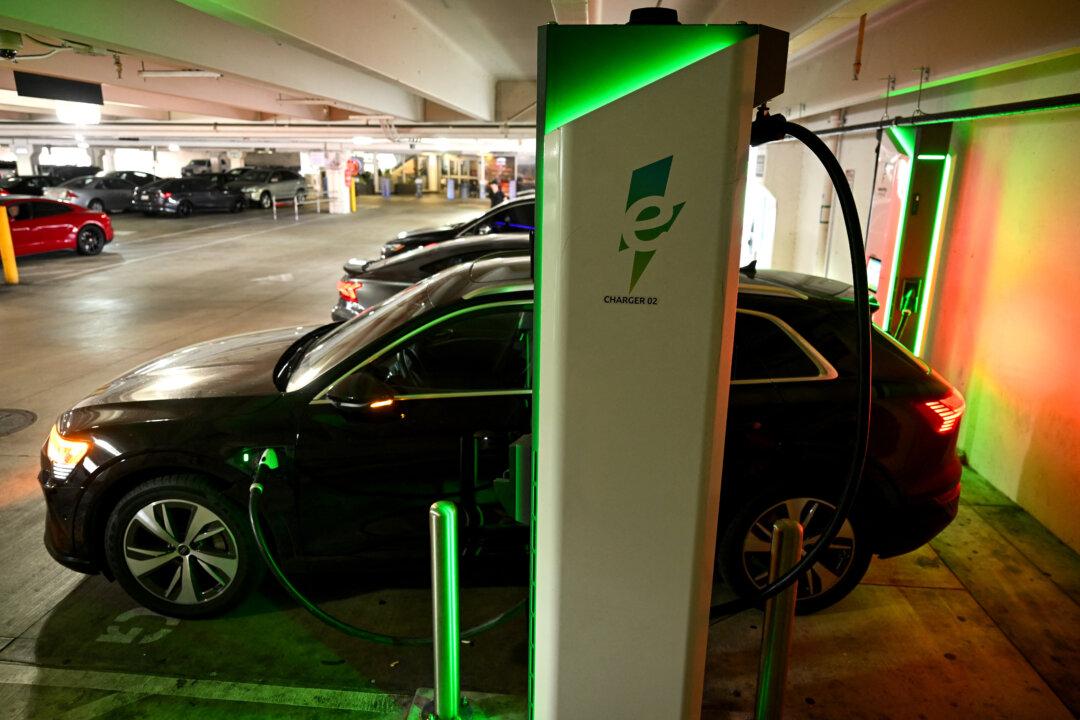The state was not “giving them a model they can put to work immediately, with urgency and with humanity,” to address encampment and connect homeless people to shelter, housing, and care, he said.
“The time for inaction is over. There are no more excuses,” the governor said.
The Newsom administration has provided local communities with more than $27 billion to address homelessness. The governor said he has also created stronger accountability laws and tools.
“Encampments pose a serious public safety risk, and expose the people in encampments to increased risk of sexual violence, criminal activity, property damage, break-ins, and unsanitary conditions,” the governor’s office said in a statement.
In 2024, California accounted for more than 187,000—or about one-fourth of the nation’s 771,500 homeless, the institute reported. Of those, two in three were unsheltered.
During the same time, California also had among the lowest home ownership rates in the United States, according to the PPIC.

Since July 2021, the state has cleared more than 16,000 encampments and over 312,000 cubic yards of waste and debris from sites, according to Newsom.
The model ordinance contains provisions that can be modified based on local jurisdictions, including a prohibition on persistent camping in one location, a prohibition on encampments that block free passage on sidewalks, and a requirement that local officials give notice and make reasonable efforts to identify and offer shelter before clearing an encampment.
The ordinance would require local jurisdictions to give at least 48-hour notices, conduct outreach for services, and ensure proper storage of items for homeless people in an encampment.

On Monday, Newsom announced that the grant funding would create over 5,000 residential treatment beds and more than 21,800 outpatient treatment slots for behavioral health care services. The program is administered by the state’s Health Care Services Department.
“Today marks a critical milestone in our commitment to transforming California’s behavioral health system,” said Health and Human Services Agency Secretary Kim Johnson in a statement. “Through these awards, we are investing in bold, community-driven solutions that expand access to care, promote equity, and meet people where they are.”
In the future, the bond funding is expected to create a total of 6,800 residential treatment beds to nearly meet the state’s 7,000-bed shortfall, according to the governor’s office.
Monday’s grant awards are the first of two rounds. The second round is expected to provide more than $800 million for behavioral health treatment facilities, the governor added.
Audits of homeless spending in the state and Los Angeles have been critical in the past year.







